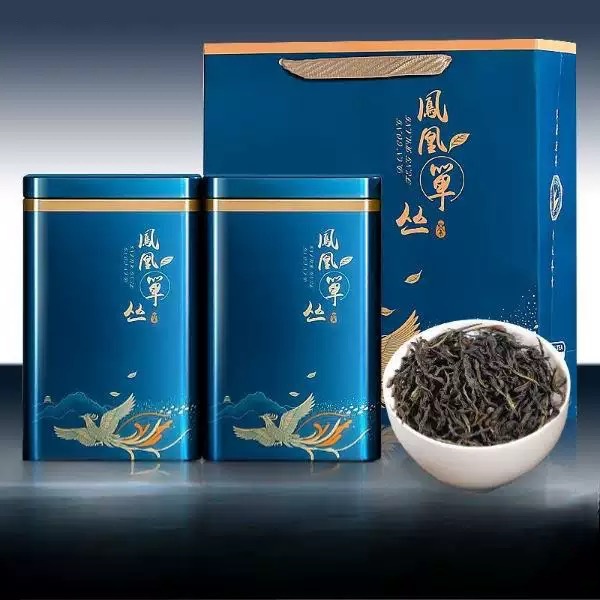
# The Origin and Historical Development of Oolong Tea
Keyword: Origin and History of Oolong Tea
## Introduction to Oolong Tea
Oolong tea, also known as wulong tea, is a traditional Chinese tea that occupies a unique position between green and black teas in terms of oxidation. With its complex flavors and aromatic profile, oolong has captivated tea enthusiasts worldwide for centuries.
## The Mysterious Origins
The exact origin of oolong tea remains somewhat shrouded in mystery, with several competing legends about its creation. Most historians agree that oolong tea originated in China’s Fujian province during the Ming Dynasty (1368-1644).
One popular legend attributes the discovery to a tea farmer named Wu Liang (later corrupted to “Wu Long” or “Oolong”) who was distracted by a deer while processing his tea leaves. By the time he returned to them, the leaves had partially oxidized, creating a new type of tea with distinctive characteristics.
## Early Development in Fujian
The Wuyi Mountains in northern Fujian became the cradle of oolong tea production. The region’s unique terroir – rocky cliffs, mineral-rich soil, and misty climate – proved ideal for cultivating tea plants that would produce high-quality oolongs.
During the early Qing Dynasty (1644-1912), oolong tea production techniques became more refined. The famous “rock teas” (yancha) from Wuyi Mountain gained popularity among scholars and officials, who praised their complex mineral flavors and lingering aftertaste.
## Spread to Taiwan
Oolong tea cultivation crossed the Taiwan Strait in the late 18th century when tea plants and processing techniques were brought to Taiwan from Fujian. The island’s high mountain regions, particularly around Nantou and Alishan, proved excellent for growing oolong varieties.
Taiwanese tea masters developed their own styles, most notably the lightly oxidized, highly aromatic Bao Zhong tea and the famous high-mountain oolongs with their distinctive floral notes.
## Evolution of Processing Techniques
The art of oolong tea processing has evolved significantly over centuries. Traditional methods involve:
– Carefully timed withering to begin oxidation
– Bruising the leaves to promote enzymatic reactions
– Precise control of oxidation levels (typically 15-85%)
– Firing to halt oxidation at the desired point
– Repeated roasting in some styles
These labor-intensive techniques require great skill and experience, passed down through generations of tea masters.
## Global Recognition
Oolong tea gained international attention during the 19th century tea trade. The British, in particular, developed a taste for Formosa oolongs (from Taiwan), which became an important export commodity.
In recent decades, oolong tea has experienced a global renaissance as part of the specialty tea movement. Artisanal oolongs from both China and Taiwan now command premium prices in international markets.
## Modern Production and Varieties
Today, oolong tea is produced in several regions, each with distinctive styles:
– Wuyi Mountain (Fujian): Famous for dark, mineral-rich rock oolongs like Da Hong Pao
– Anxi (Fujian): Home of Tie Guan Yin, a floral, medium-oxidized oolong
– Taiwan: Produces high-mountain oolongs and heavily roasted varieties
– Guangdong: Known for its Dan Cong oolongs with natural fruit flavors
Modern tea science has helped refine production methods while preserving traditional craftsmanship, ensuring oolong tea’s continued evolution while maintaining its historical character.
## Conclusion
From its mysterious origins in the mountains of Fujian to its current status as a globally appreciated specialty tea, oolong’s history reflects the ingenuity and artistry of Chinese tea culture. As appreciation for fine teas grows worldwide, oolong continues to captivate new generations of tea drinkers with its remarkable range of flavors and aromas.
Comments are closed